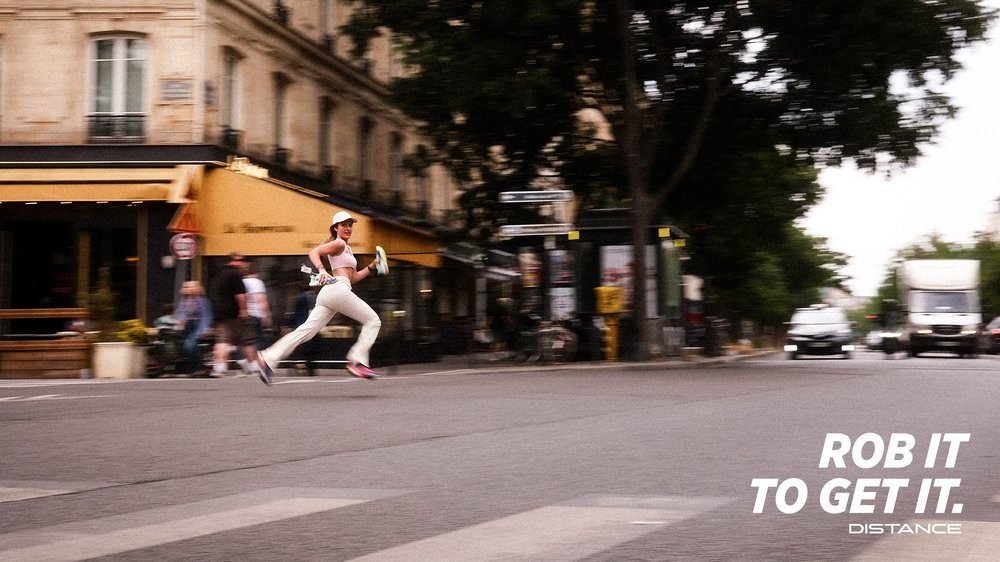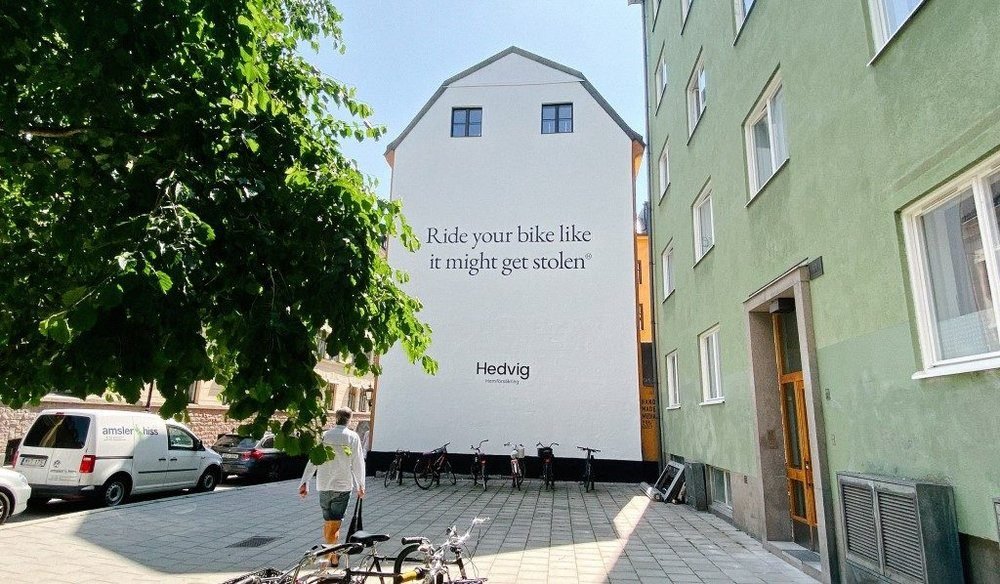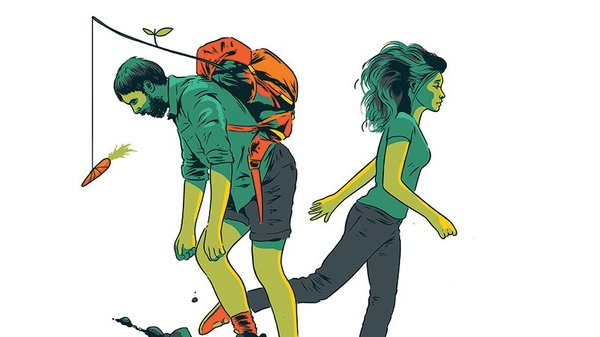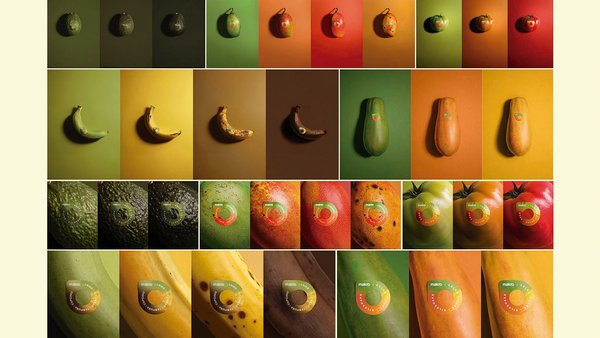
Stealing, returning used items, hoarding essential goods. Not exactly the kind of thing you would expect brands to be condoning, let alone celebrating.
This unexpectedness is exactly why encouraging downright naughty and even illegal acts, can help a brand differentiate itself and gain attention. It’s a case of zigging when everyone else is zagging. Meanwhile, for the consumer, the brand has enabled them to experience the frisson of breaking the rules in exciting (but guilt-free) ways.
Why it is useful /
- Suggesting that people engage in illegal behaviour is such a counterintuitive move from a business that it helps a brand stand out from the competition.
- Encouraging people to bend the rules can create memorable experiences that make consumers willingly engage with your brand.
- Acknowledging bad behaviour instead of condemning it can help a brand appear empathetic.
Key Examples /
Diesel / Enjoy Before Returning
Wardrobing (buying an item and returning it after one use) has become increasingly common among shoppers, but instead of scolding customers who did this, ahead of New York Fashion Week in 2019, Diesel celebrated this behaviour. The brand launched a series of Fashion Week events around the world and announced that only people who wore their price labels on the outside of their clothes, (whatever the brand) were allowed entry. Despite appearing to encourage return fraud, Diesel reported that following the campaign its sales increased by 24% and returns went down 9%.
By recognising questionable consumer behaviour and leaning into it, rather than condemning it, Diesel aligned itself with its customers. In doing the unexpected to address a problem that costs the fashion industry billions of dollars a year, Diesel was also able to reinforce its irreverent and alternative personality.
Stella Artois / Steal Artois
To help people steal its glasses from beers and pubs, Stella Artois introduced a limited-edition clothing range designed to make these thefts less conspicuous, for example a bucket hat that doubles as a bag and a pair of deep-pocketed jeans.
By embracing the phenomenon of its glasses being stolen from pubs instead of chastising the thieves, Stella was able to position itself as playful and easy-going. And in stressing that its chalices as so desirable that they are often stolen, the brand also drew attention to a key distinctive asset, while reminding people of the high quality and popularity of its product.
Distance / Rob It To Get It
Running retail brand Distance challenged shoppers to steal tagged items from its Paris store and outrun Olympic sprinter Méba Mickael Zeze, who was acting as a security guard. Successful thieves could keep the items for free, while unsuccessful ones had to return them.
With this campaign, the brand was able to create a unique experience for its customers that drove football to the store. Customers could benefit from the frisson of engaging in behaviour that appeared unlawful but in fact was sanctioned by the brand. The attention-grabbing nature of the campaign helped the brand generate publicity, which as relative newcomer to the market (it was founded in 2018) it needs to do to compete with sportswear giants like Nike or Adidas.
Hedvig / It’s just Stuff

Swedish home insurance brand Hedvig’s unique strategy of encouraging people to embrace risk rather than fear it has helped the brand become the fastest-growing home insurance company in the Nordics.
When bike thefts shot up during the pandemic, the brand leant into its carefree attitude with an outdoor campaign that read ‘Ride your bike like it might get stolen’. To support the campaign, the brand released a series of custom bikes branded with messaging that invited people to steal them from the streets of Stockholm, Oslo and Copenhagen.
In first campaign in May 2020, Hedvig took the disruptive approach (for an insurer) of encouraging people to prioritise life experiences over material goods with a series of ads showing possessions being destroyed and the tagline ‘It’s just stuff’. One ad in the series showed a group of a friends who abandon a campfire to go skinny-dipping, resulting in a woman’s dress catching fire. The following year, Hedvig launched an outdoor campaign promoting its student home insurance that urged students to ‘Go get in trouble’.
Hedvig recognised that traditional fear-based messaging in insurance marketing may not resonate with younger, more adventurous consumers. By flipping the script and promoting a lifestyle centred around embracing risk, and sometimes encouraging bad behaviour, Hedvig was able to earn the attention and trust of its youthful target audience.
After a gruelling year of lockdowns and challenges, at the end of 2020 Britons wanted to see light-hearted Christmas ads. Tapping into this insight, supermarket Tesco humorously acknowledged the British public’s transgressions in a spot set to Britney Spears’ ‘Oops!... I Did It Again’, telling audiences that for Christmas that year, there was no naughty list.
With its fun ad that acknowledged the difficulties the country had faced, Tesco sent a message of empathy and understanding. The supermarket chain didn’t necessarily condone people for doing something wrong in 2020, but it spoke to a universal experience while offering a moment of relief.






